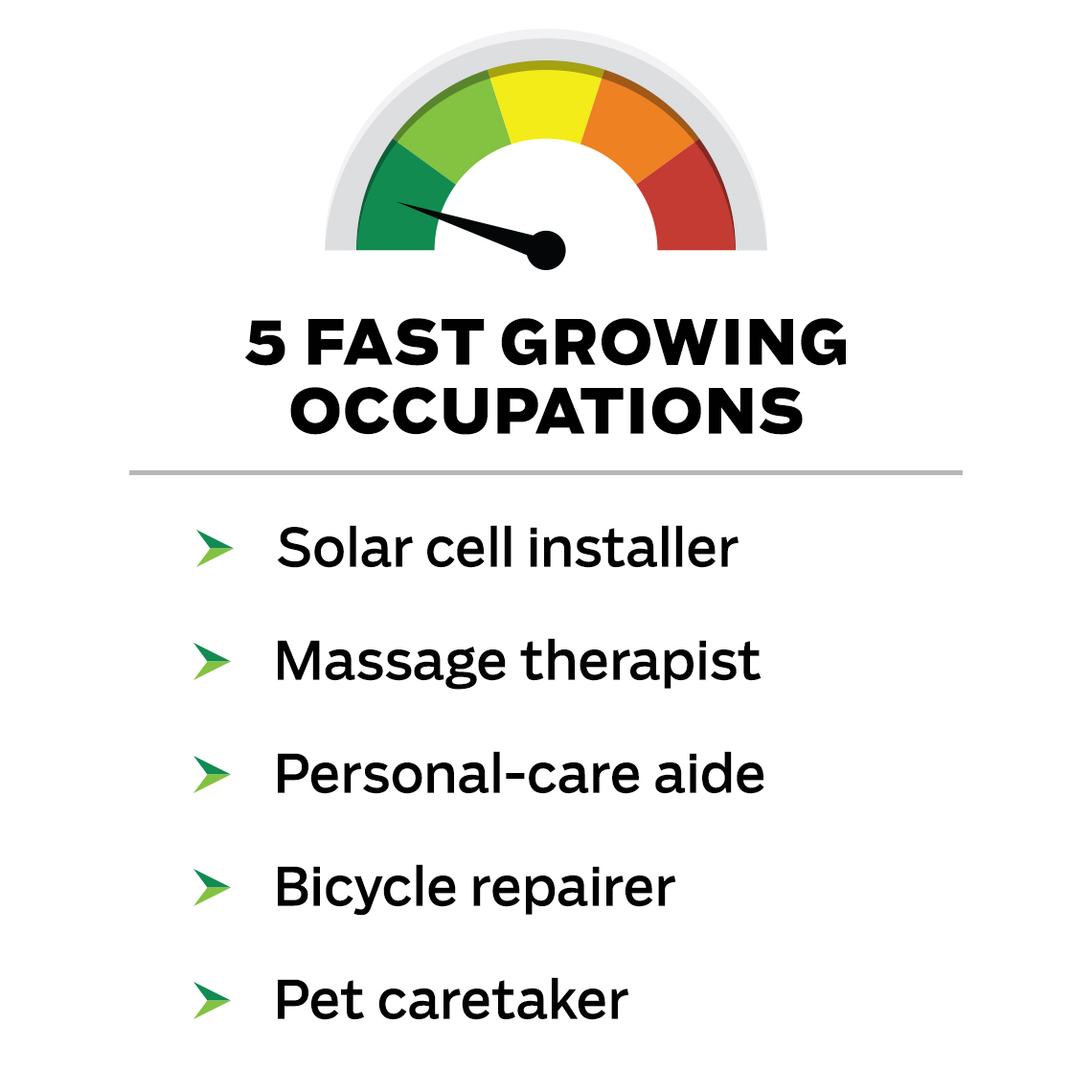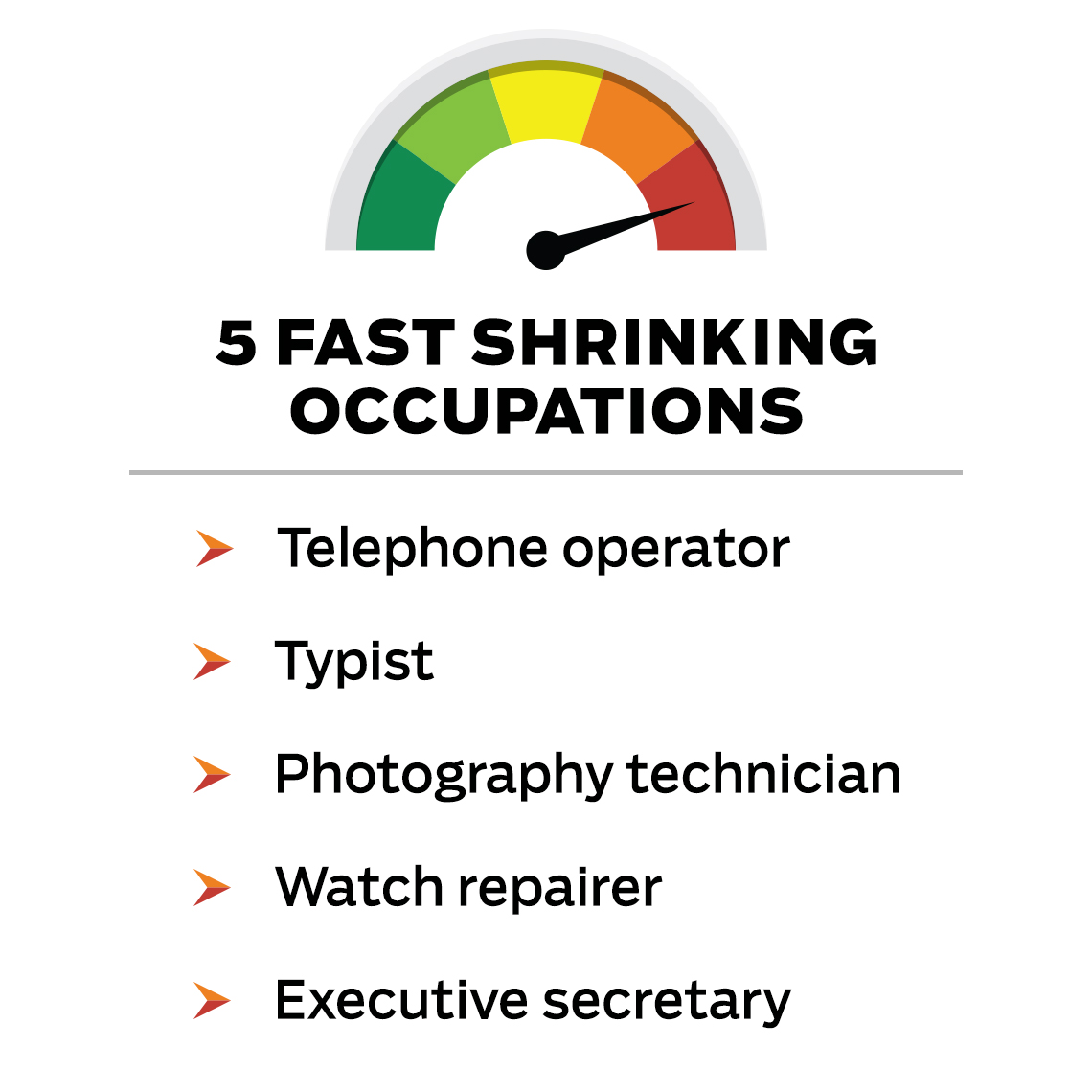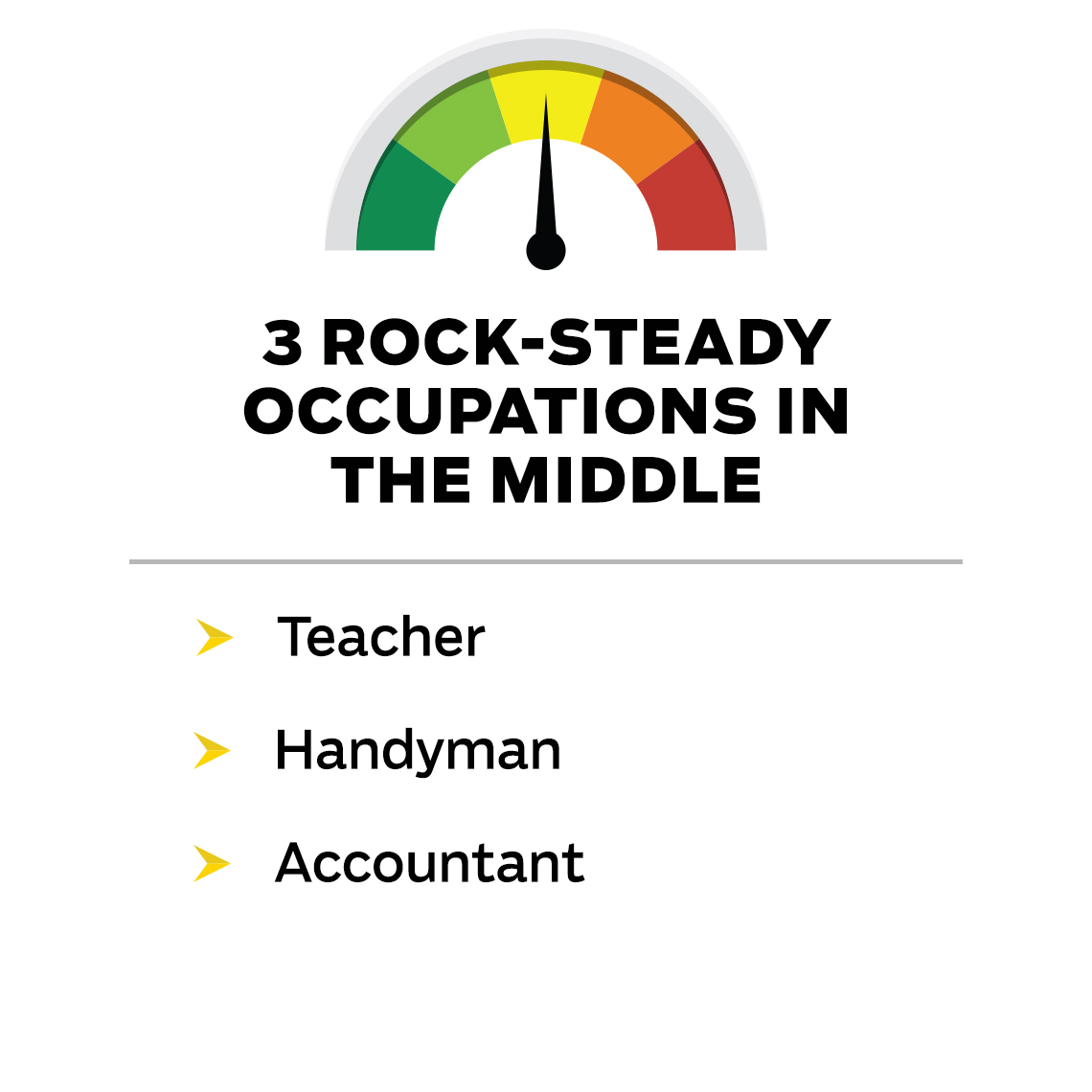Countdown to Retirement: 10 Years
Now is the time to assess savings accounts and pad the nest egg
Money
See Where You Stand
En español | It’s time to assess how prepared — or unprepared — you are financially for retirement.
- Take a quick test Assuming your retirement is about 10 years away, you want to have roughly seven times your current salary in savings, according to research from Fidelity. That puts you on the road to having about 10 times your final salary saved by retirement and maintaining your present standard of living. Retire before hitting 67 and you’ll need more saved; after, you’ll need less.
- Do a deeper dive Plug your current numbers (such as earnings, savings and future pensions) into an online calculator to estimate your retirement income. Experts say you’ll need 75 to 80 percent of preretirement income to live well — debatable but a good starting point.
- Don’t despair You have 10 years to act, by earning more, trimming expenses or delaying retirement. “Whatever you can do can only help,” says George Papadopoulos, a financial planner in Novi, Mich.
Save the easy way
If you’re among the 82 percent of workers paid via direct deposit, save more by splitting your pay across accounts. Have your payroll department put part of each check into an online savings account, where it’s out of sight and out of mind. The direct-deposit users who split their deposits save up to $90 more per month than those who use another method to save, according to a recent study.
Pad your nest egg
If you already have healthy savings in a 401(k), 403(b) or IRA, open a Roth IRA (in 2019 you can contribute up to $7,000 if you’re 50 or older), or put money into a regular taxable account.
- Why do it You’re laying the groundwork for lower taxes later. Say you need a new roof on your house in retirement. If you take money from a 401(k) or traditional IRA, it is taxable as ordinary income, and you may end up in a higher tax bracket, explains Carolyn McClanahan, founder of Life Planning Partners. But you can pull your contributions from a Roth IRA tax free (earnings, too, if you’re at least 59½ and have had the Roth at least five years). You can also invest via a basic taxable brokerage account; when you sell securities, you’ll pay only (usually lower) capital gains taxes on the profits.
Pay Down The Mortgage
The problem with a mortgage in retirement is that you may have to sell investments to cover payments. And sometimes that will be when the markets are down — the worst possible time to sell, says Shelley Giordano, chair of the Funding Longevity Task Force at the American College of Financial Services. Her advice:
- In place of your monthly payments, make half payments every two weeks. Those 26 payments per year are the equivalent of 13 monthly payments, resulting in a faster payoff and lower total interest costs.
- Got a tax refund? A bonus? A side job? Apply that to your principal.
- Avoid refinancing your mortgage, since a new loan with a later payoff date means more of your monthly payment goes to interest expense, not an increase in your home equity.
- Don’t use a home equity loan or line of credit for purchases. The new tax law makes that less attractive, says Giordano. And this is the wrong time to be growing your mortgage debt.
Put New Retirement Savings To Work
Not sure where to invest additional money? Aim for growth, somewhere between a trip to Vegas and stuffing cash into your mattress.
The sweet spot
- Balanced mutual funds Seek a mix of stocks and bonds; a 50/50 or 60/40 ratio of stocks to bonds is reasonable.
- Target-date mutual funds These balanced funds automatically adjust investments to lower risk as you age.
Conservative but sound
- High-grade corporate bond funds
- Money market accounts
- U.S. government bond funds
- Certificates of deposit and online savings accounts (See bankrate.com for Federal Deposit Insurance Corp.–insured banks offering higher rates.)
- Series I inflation-protected savings bonds (sold at treasurydirect.gov)
Work
Prepare Your Plan B
Ask yourself these questions, and be honest.
- Do I work in a stable and growing industry?
- Do I work for a stable and growing company?
- Is my heart still in it?
Have you answered no to any? It’s time to update your LinkedIn profile and see what else is out there.
- Why do it Only about half of workers cruise their way to a planned, voluntary retirement; the rest of us exit prematurely, often as a result of job loss or burnout. But you still have time to regroup. “With 10 years to go, there is still enough runway to make a mark,” says career and retirement expert Nancy Collamer.
- How to do it You know the routine. Tell people who can help you. Sign up for job alerts on the go-to site in your industry. Browse the postings that interest you, and note the skills that employers are seeking.
- Want to stay put? Get busy anyway. “Whether you drive a bus or work in a store or in a professional occupation, maximize your opportunities by building your capital,” Collamer advises. “Give talks or write articles to boost your profile, or take advantage of short-term training programs.” One option: Go to linkedin.com/learning and get online access to thousands of business, creative and technology courses for $30 per month.
Social Security Q&A Tool
Find the answers to the most common Social Security questions such as when to claim, how to maximize your retirement benefits and more.




